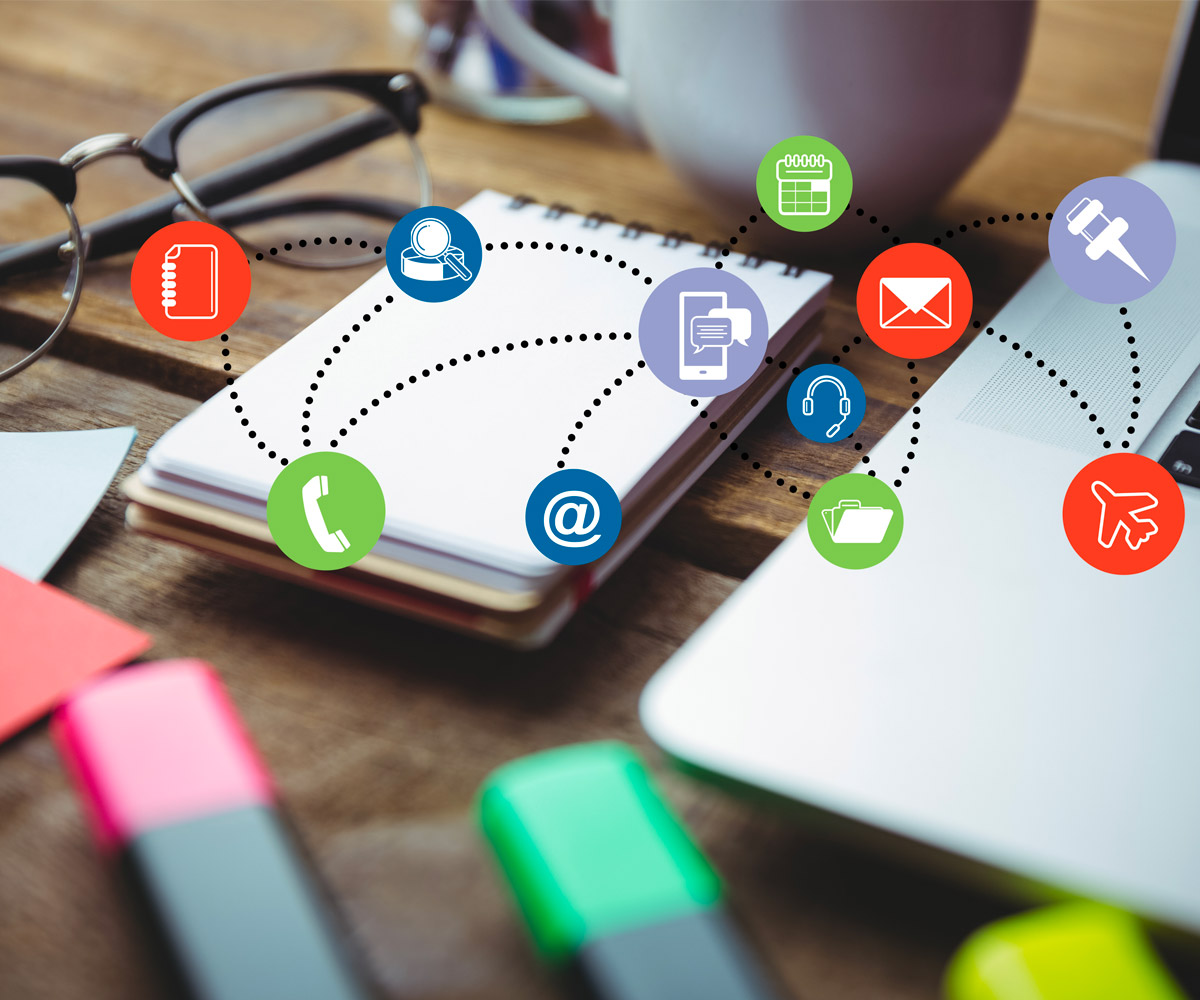CPaaS vs. SaaS
While communications platform as a service (CPaaS) and Software as a Service (SaaS) are both cloud-based services, they offer different functionalities and features. In this article we dive into looking at the power behind both.
What is CPaaS?
CPaaS is a cloud-based computing service that allows software developers to build, test, and deploy communications applications. CPaaS stands for Communications Platform as a Service. CPaaS providers offer a wide range of tools that enable developers to create and manage voice and text messaging without worrying about the underlying infrastructure. Signalmash, Twilio, Plivo, Telynx and Bandwidth are some of the big providers in the CPaaS industry.
What is SaaS?
SaaS is a cloud-based computing service that allows businesses and end-users to access software applications over the internet. SaaS stands for Software as a Service. With SaaS, companies and end-users avoid the cost and complexity of installing and maintaining software applications. SaaS applications are typically delivered through a web browser or mobile app. Many of your favorite internet platforms are SaaS – Dropbox, Canva, Zoom and Google Workspace.
FREE 15 MIN CHAT
How is CPaaS different from SaaS?
CPaaS and SaaS are different in that SaaS is software while CPaaS is a platform. When a SaaS provider wants to incorporate phone calls, VoIP and messaging into their web, desktop and/or mobile software, they use a CPaaS provider.
With a growing number of communications functions needed to do business, CPaaS provides a way for developers and organizations to deliver voice and messaging capabilities without having to develop their own back-end infrastructure. CPaaS functionality can be added to a SaaS application via APIs.
Examples of CPaaS applications
CPaaS providers offer a variety of turnkey, cloud-based solutions that allow businesses to connect with customers using voice and text messaging. Some popular applications include:
- VoIP calling – Make unlimited or low-cost voice calls through an existing application.
- Text messaging – Send messages instantly including status updates on orders and services, promotions, health updates and other pertinent information all via an existing application.
- Multimedia messaging – Send photos, videos, audio clips, or other large file attachments.
- Two-Factor Authentication (2FA) – Secure transactions, account logins and signups on a website or mobile app.
FREE 15 MIN CHAT
Why SaaS companies need CPaaS
Good customer engagement results from consistent and clear communication over time. Customers today are starting to expect – sometimes demand – instant communication with companies and brands in a variety of different ways including SMS, phone conversations, email and chat bots. For businesses that provide SaaS but don’t yet have these communications channels set up, they could potentially be hurting their business. That’s where CPaaS comes in.
A CPaaS can provide the necessary infrastructure and functionality for SaaS companies to incorporate programmatic voice and/or SMS and MMS messaging into their native application. It’s simple and doesn’t require a lot of work. The SaaS merely uses an API to implement features like voice and messaging.
Take Uber for example. Uber built an app that connects riders with drivers. The app matches the two parties via an algorithm. There’s a lot of functionality built into the Uber app but without spending a lot of money on new infrastructure or without incorporating features from a CPaaS, Uber can’t purchase phone numbers. Nor can Uber have riders contact their driver within the app. In order for riders and drivers to communicate with one another, Uber uses a CPaaS. This makes texting and phone calls possible within their app.
The ride-hailing company’s CPaaS solution also masks the phone numbers of both the driver and the rider as a way of addressing safety concerns that users have exposing their personal phone numbers to a stranger. Call anonymization makes both parties more comfortable with calling and makes Uber safer and more convenient as passengers and drivers communicate in real-time without having to use the in-app SMS or chat.
Another example is your local pizza parlor. Their main focus is to make the best pizza possible. Pizza parlors don’t generally hire a developer to build technical infrastructure. Yet they now need the ability to text customers with delivery updates. By using a CPaaS, they can do so. Hungry customers receive text messages when their pizza is going out and once it has been delivered. The customers are happy that they are receiving updates and the pizza shop is happy that they can focus on what they do best — making pizza. The back-end communications functionality is left to a CPaaS to handle.
CPaaS can help SaaS providers deliver better customer support and engagement. Here are several ways you can leverage your team and consumers in combination with CPaaS solutions to help improve how you run your business.
Multichannel communications
CPaaS enables you to communicate with customers and staff through different channels, including voice, text messages, social media and more. This allows for a better customer experience by giving them a choice of how they want to communicate with you. The multichannel functionality of CPaaS helps businesses resolve customer support issues quickly and efficiently while also improving customer satisfaction.
Flexible functionality
CPaaS offers more than just customer support options. You can use it to communicate with your customers about new products and services, facilitate marketing outreach efforts, and develop brand loyalty.
Personal interactions
Sending generic mailers or emails do not suffice to build and maintain connections with consumers. Personalization is a challenge for SaaS businesses since they must create real-time, rich and varied personalized interactions based on users’ requirements.
This can be achieved through integration with different communications platforms or adding a CPaaS partner. It demands a tremendous amount of rapid change to stay ahead of the constantly shifting ways consumers want to communicate. The next generation of successful SaaS businesses will be leaders in customer-facing communications: SMS, Twitter, Facebook Messenger, etc.
Cost savings
When a SaaS provider uses a CPaaS, they don’t have to spend money on an expensive telecommunications infrastructure and updates.
No software to install
One of the biggest benefits of CPaaS is that there’s no software or hardware to install on your end. You simply implement an API and you instantly get communications functionality on your application.
Add messaging and voice to your apps
SaaS companies are turning to CPaaS providers to add text messaging and voice capabilities to their apps. This helps them instantly engage with customers and build lasting connections. It also lets them offer a more comprehensive, personalized experience with push notifications, 2FA, and more. It also saves SaaS businesses time and money.
Signalmash offers SaaS companies excellent telephony and messaging solutions through powerful SMS and voice API which can be easily incorporated into any existing software application.
If you are in the SaaS industry, let’s talk. By integrating our flexible and customizable voice and messaging solutions into your SaaS business operations, you’ll provide better customer experiences and improve your competitive edge. We can help you quickly develop the multi-channel communications functionality you need to succeed in today’s market.
Talk to us today, and let’s discuss your needs and how we can help.
Ask us how you can cut your Twilio or CPaaS bill up to 50%!!
FREE 15 MIN CHAT


